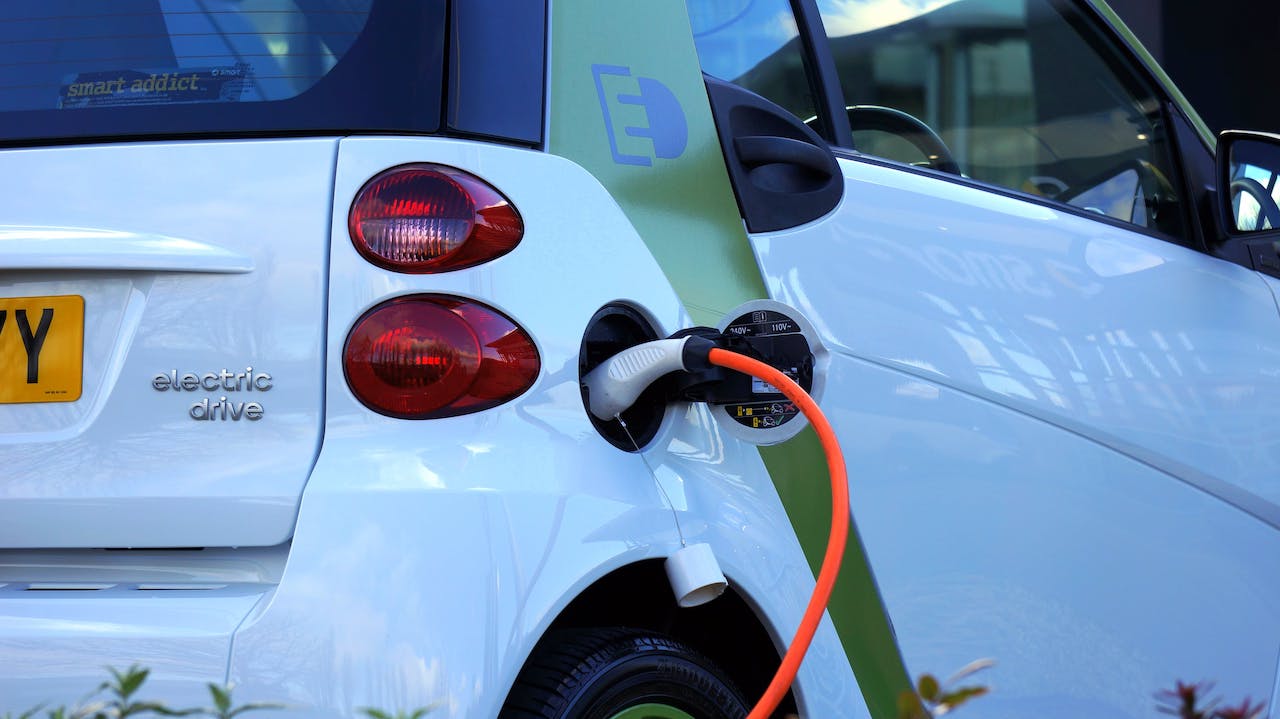Want to electrify your fleet? At the moment, it may seem like an overwhelming task. But if you develop a flexible EV adoption strategy you can break the transition into a simple step-by-step process. It will still take a lot of time and a lot of effort. But you’ll get there in the end!
And if you want some advice and support on the risk management and insurance implications of electrifying your fleet, our friendly team of commercial motor experts are always on hand to help. Call us on 020 8290 9099 or email us at commercial.motor@anthonyjones.com.
Make The Case For Electrifying Your Fleet
You may need to sell the idea of electrifying your fleet to certain stakeholders and decision-makers in your company. The best way to do this is through establishing some clear reasons for going electric, which means outlining the benefits that an electric fleet can bring:
- Significantly reduced running costs – you’ll save loads on fuel and maintenance.
- Reduce your CO2 emissions to almost zero, which will help improve the local air quality while also making your fleet exempt from certain taxes, tolls, levies, and congestion charges.
- The potential of on-site energy generation means you could make wider savings across your business.
- High tech electric trucks invariably feature the very latest in telematic technology, which means you could improve your operational efficiency like never before.
- The possibility of future-proofing your business, should the UK government’s ban on petrol and diesel vehicles come to pass.
Timescale for Electrifying Your Fleet
You’ll also need to establish a timescale for electrifying your fleet. A good time to begin the process is when any existing leases are up for renewal. Just bear in mind that EVs generally take longer to order than traditional vehicles, which means you’ll have to allocate sufficient time for the switchover.
As different vehicles in your fleet will likely renew at different points of the year, approaching your electrification like this will allow you to stagger the process. You can implement a gradual rollout, which will allow your drivers, and the rest of your company, to adjust to the change at a manageable pace.
Review Your Fleet
Next, you need to ask some serious questions about your current fleet, including:
- What is the typical mileage of every driver and vehicle in your fleet?
- Could this mileage be managed in an electric vehicle given their current range and the current charging infrastructure?
- What about your load requirements? Would these be manageable given the current potential of electric vehicles?
- What sort of charging facilities could you install for your fleet? Is there potential to charge vehicles at your business premises? Is there any scope for supporting your drivers to install home charging solutions?
- If fully electric vehicles are not a practical option for any of your drivers, could you meet them halfway with, for example, a plug-in hybrid electric vehicle (PHEV)?
Review Your Options
Once you’ve established your fleet’s practical requirements, it’s time to start considering your options. Which electric vehicles will meet your needs?
Factors to consider include:
- Cost – Most electric vehicles cost more upfront than traditional vehicles. So rather than focusing on the price tag, do some total cost of ownership (TCO) calculations, assessing how much each electric vehicle will cost you when you account for things like refuelling, maintenance, tax benefits, and so on.
- Range – Compare your fleet’s practical requirements with the EV’s engine range. An EV’s miles per charge is measured in kilowatt hours (kWh).
- Charging capability – EVs have a standard charging speed, but depending on your needs, you may prefer to pay extra for vehicles with rapid charging capabilities.
Electric Charging Infrastructure for Fleets
When it comes to your charging infrastructure, you’ll need to decide on what kind of charging points you want, how many you want, and where you’ll put them. If you want to install charging points at your business premises, you may be able to access grants from the government’s Workplace Charging Scheme. If your business is eligible, you can get a grant to cover up to 75% of your installation costs. But first, you’ll need to arrange a site survey to ensure what sort of electricity supply your premises needs.
Alternatively, you could support your staff through installing chargers at their homes. While this will make electrifying your fleet as simple and straightforward as possible for your staff, there are currently no government grants to support home charger installations.
You’ll also have to decide on whether you want to install standard charging points – which are slow, but cheap – or rapid charging points, which obviously cost more. If you’ll do most of your fleet charging overnight, then a standard speed charging point will likely meet your needs. But if your fleet will be moving from premises to premises, and charging a little at each stop, then rapid charging points will suit you better.
Your New Electric Fleet Policy
Once you’ve got your vehicles and your charging infrastructure sorted, you’ll need to put a few things in writing:
- Charge point management – How will you manage and prioritise charge point allocation? How will you monitor charging times and all associated costs? You may need to start using specialist software to give you top level visibility of your charging network, and its use.
- Maintenance and servicing – You probably already have policies and procedures in place for servicing your vehicles. You’ll now also have to account for the maintenance and servicing of your charging points. This means you’ll need established action plans for what you’ll do if any of your charging points need updating, or if they ever suffer from outages, failures, and other faults.
- Staff requirements – Will your staff need any special training in using your charging technology, or in operating their new electric vehicles? Do they need to be aware of any new Benefit in Kind arrangements?
Once you’ve established your new electric fleet policy, you’ll have to ensure it’s shared widely across your organisation, and that it’s easily accessible for anyone who needs to see it.
Factors Being Considered by Insurers
Currently insurers are evaluating the electric vehicle market based on relatively limited data, risks and claims experience. Factors include such things as:
- Repair networks outside of mass market leaders, such as Tesla
- Vehicle Fires – rechargeable lithium-ion batteries are difficult to extinguish quickly, leading to a risk of thermal runaway, spreading accumulation risk.
- EV charging points – claims from trip hazards, the risk of electrocution, fire claims from badly installed or poorly maintained charging points.
- Speed – rapid acceleration, which was once the domain of high-powered sports cars. This is no longer the case which means that roads are not getting any safer.
Ready to Electrify Your Fleet?
We can support you in your transition to fully electric fleet through advising on risk management, and on the insurance and compliance implications.
Talk to our friendly team of commercial motor experts today. Call us on 020 8290 9099 or email us at commercial.motor@anthonyjones.com.


